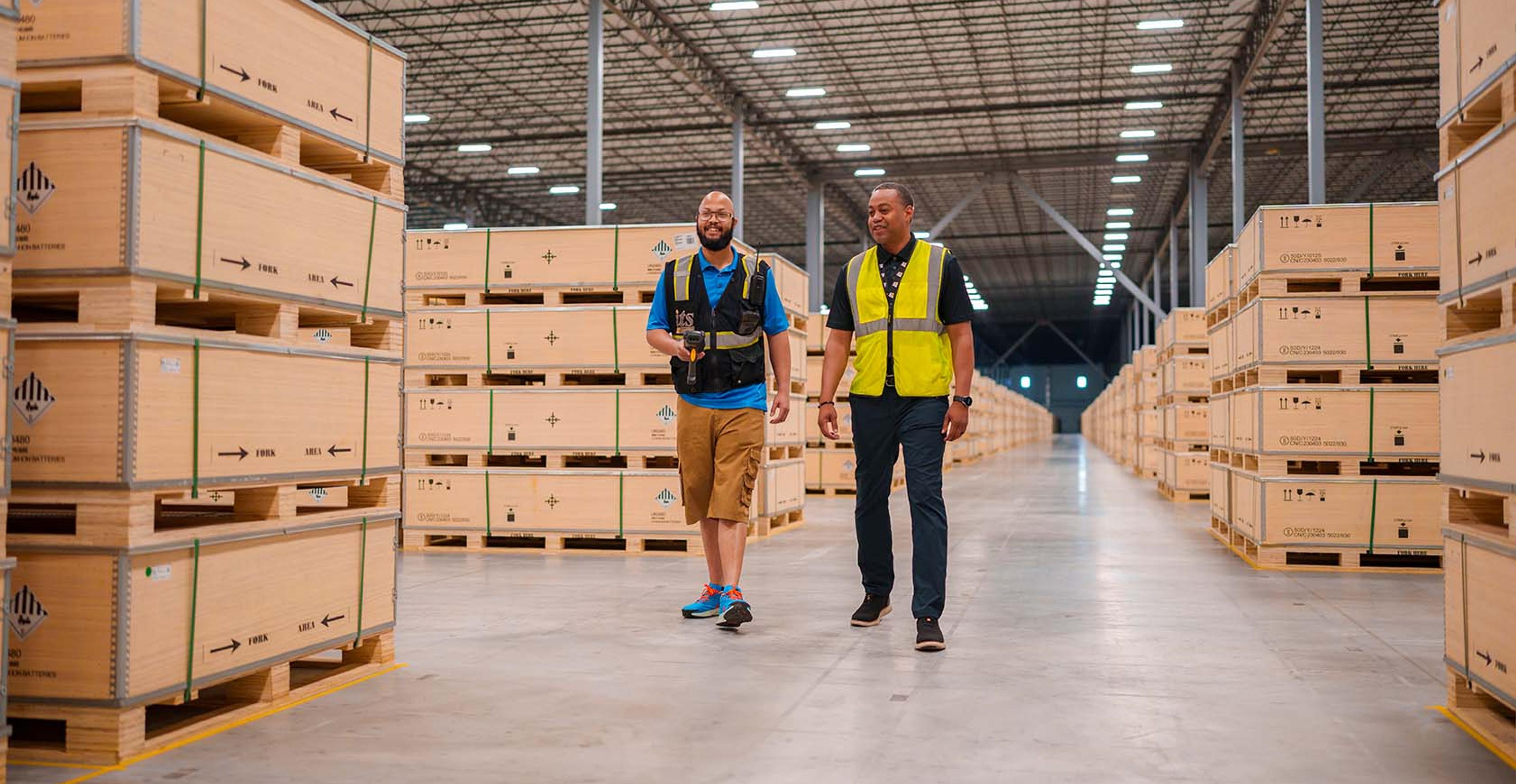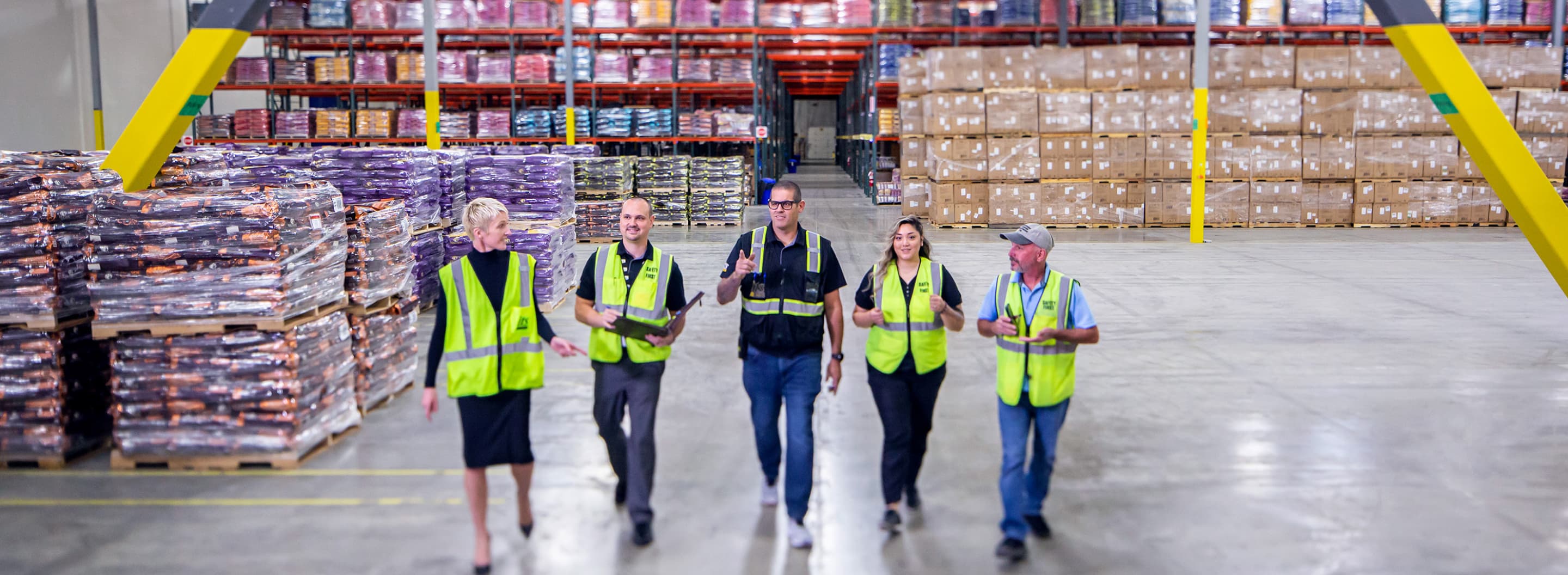An Omnichannel Retail Strategy is no Longer Optional: It’s a Requirement

During the COVID-19 pandemic, 10 years of ecommerce growth happened in just three months and although some aspects of life are beginning to return to the way they were prior to the pandemic, customer behavior and the way people have become accustomed to shopping is not. Consumers prioritize convenience more than ever, and the pandemic caused many retailers to offer out of the box solutions that allow people to purchase their products however they want. These elevated shopping expectations are not going away—and the competition is fierce.
These elevated shopping expectations are not going away—and the competition is fierce.
A great example of a retailer that is always implementing new policies to improve the customer shopping experience is Amazon. Through investment in warehouses across the country for one- and two-day shipping, free shipping for Amazon Prime members, and partnerships with physical stores across the US for hassle-free returns, Amazon is continually improving its services and processes to make shopping through their marketplace the easiest choice. You might be wondering how you could possibly compete with Amazon and still make a profit—omnichannel distribution is the answer.
Omnichannel retailing helps you offer the best customer experience in a sustainable way
There’s no denying that your customers want their orders quickly, for free, and with flexibility in how they get them. An omnichannel retail strategy is truly the best way to deliver this, but it’s not always easy to implement, and it requires a logistics network that can support these delivery promises. The tight supply chain and capacity issues may cause some hesitation in expanding to an omnichannel approach, but it’s key to competing in this quickly evolving market. Omnichannel helps you prioritize customer expectations and really focus on what they want and expect. Studies show businesses that center their supply chains around their customers see 13 percent higher revenue growth than those who don’t.
By creating convenience for your customers, you can also increase customer loyalty and customer retention because shoppers are more likely to return to retailers that offer them multiple options to get their products in whatever way they prefer. Additionally, companies with strong omnichannel customer engagement retain 89 percent of their customers, versus 33 percent for companies that don’t. Investment in omnichannel fulfillment is an investment in your customers, and it’s no longer an option, it’s key in staying ahead of your competition.
Companies with strong omnichannel customer engagement retain 89 percent of their customers, versus 33 percent for companies that don’t.
How to implement an omnichannel retail strategy
With the ongoing increase in direct-to-consumer retail and the strain this is causing across the entire supply chain, it’s anticipated that capacity will remain tight, making transitioning to a successful omnichannel strategy more complicated. This process can be difficult and expensive to implement, but there are ways to make it more manageable and cost-effective.
If you want to keep up with your competition, the first thing you need to have in place is a flexible and resilient logistics network. This will allow for end-to-end visibility, offer you the ability to react quickly and allow you to learn alongside market shifts to meet your customers’ expectations no matter how they want to receive their orders. Optimizing your supply chain to create a flexible logistics network can help you:
Reduce last mile delivery times and costs
Last mile logistics are expensive, accounting for 41 percent of total supply chain costs. Optimizing your supply chain by adding additional locations closer to your customers and utilizing regional carriers in specific markets to meet one- and two-day delivery demands means you’ll have goods closer to your end customers. This can increase efficiency and decrease your delivery times while also decreasing your overall costs.
Increase your profit margins
30 percent of consumers say they will always increase the size of their online orders if it allows them to qualify for free shipping. If you implement free shipping minimums, it means that neither you nor your customers need to absorb the shipping costs on smaller orders, which can increase your profits since you’ll be selling more products.
Mitigate supply chain disruptions
An omnichannel distribution strategy gives you an advantage when supply chain disruptions occur. If you have different methods to get products to your customers through distribution channels like in-store pickup, a multiple node distribution center, or even ship-from-store options rather than a centralized fulfillment center, it makes your supply chain more shock resistant.
Omnichannel fulfillment offers supply chain resiliency with multiple channels allowing you to pivot to a new strategy quickly in case of any unforeseen disruptions. The expanding popularity of ecommerce, expectations of convenience from your customers and the need to build resilience into your supply chain all point to one truth: omnichannel is no longer optional, it’s a necessity to survive.



